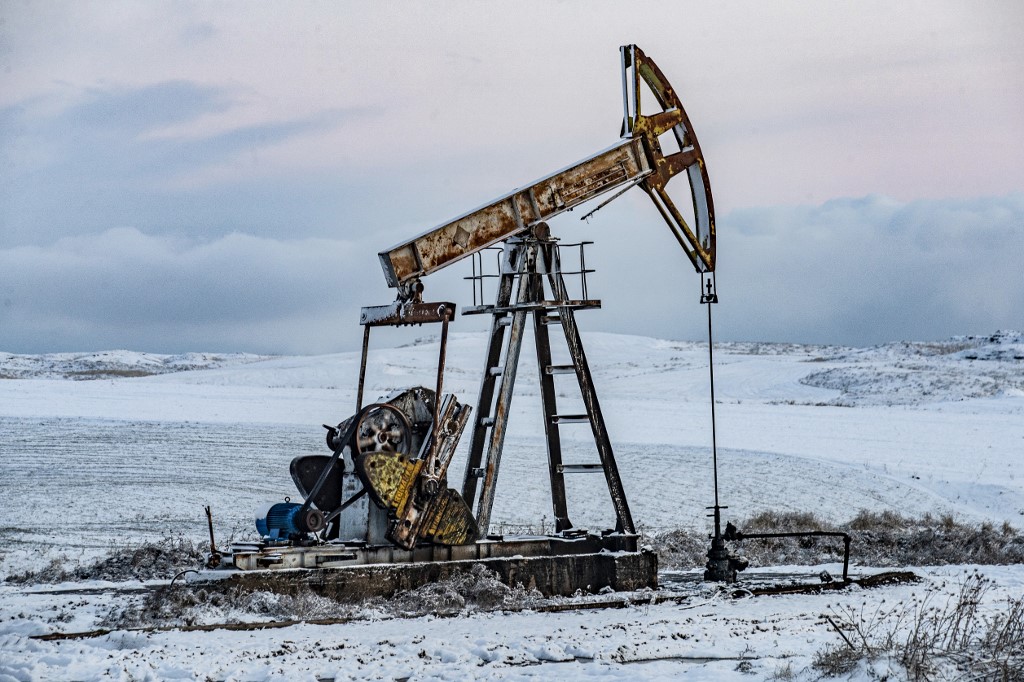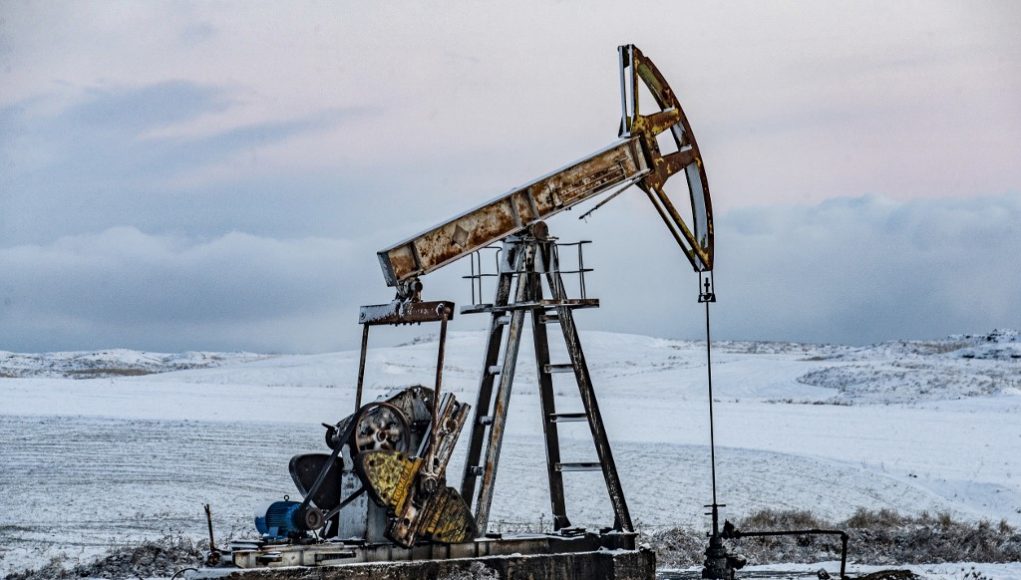(Singapore, Mar 18, 2020) Although the COVID-19 and oil price shock may have brought high yield corporate bonds back to more attractive levels, investors must look closely at fundamentals to avoid possible value traps, an analyst of Schroders has said.
According to Kristjan Mee, a strategist of the global investment company, Saudi Arabia’s decision to sharply increase oil supply resulted in the largest drop in the oil price since 1991, with the price of crude oil falling below $35 per barrel. This has had a significant knock-on effect on the credit market.
Saudi Arabia’s actions may eventually result in supply destruction and significantly higher prices. However, in the near term, the reality is that a lot of cash-strapped US shale producers will struggle to survive with the oil price in the low thirties, he said.

“This, in addition to the uncertainty surrounding the economic impact of coronavirus, makes for a challenging outlook for high yield,” he added, noting that while spreads are indeed looking more attractive, the priority for investors at present is to avoid possible value-traps.
According to the Federal Reserve Bank of Dallas quoted by Schroders, the breakeven oil price of US shale is $48-54 dollars per barrel. Being one of the highest marginal cost producers, it is logical that the shale companies are first to cut production. Arguably, it is Saudi Arabia’s main goal to drive high cost US shale producers out of business. However, the consequences are much broader, he said.
The oil price is now below the operating cost of the industry for the all non-OPEC producers. The largest integrated oil companies need to achieve at least $35 a barrel to sustain cash operating costs. This could lead to significant supply destruction and eventually higher prices, although the timeline is uncertain.
The Schroders analyst says that a possible lifeline for oil companies in the near term is that OPEC’s capacity to wage an extensive price war is limited due to high fiscal needs. Goldman Sachs estimates that the average OPEC fiscal breakeven, the point where oil revenues cover expenditure, is at around $80 per barrel.
“This could force OPEC and Saudi Arabia back to the negotiating table sooner rather than later.”
Whatever the case, the US shale industry faces considerable uncertainty.
“Defaults do not only occur when issuers fail to redeem bonds, but also when they miss coupon payments,” said Kristjan Mee, noting that the longer prices stay low, the greater the probability that a number of shale producers will run out of cash and default.
He said that given the large market move, the potential negative consequences for the energy sector could already be reflected in bond prices. Even before the oil price collapse, the annual default rate of the US HY energy sector was running high at 13.4%。
Defaults outside the energy sector have been scarce in this cycle. However, with the spread of the coronavirus and increased uncertainty, this could change, with liquidity, cash held on the balance sheet, becoming key.
Unfortunately, cash levels have fallen in the last two years in US HY. The impact of coronavirus may well force companies to spend down their cash reserves, ultimately leading to rising defaults outside the energy sector, especially if the shock turns out to be more than transitory.
High yield credit spreads have increased significantly in recent days. While on the face of it, this would suggest that it is a more appealing time to invest, there are significant risks in a number of sectors and companies. Some companies will fail and blindly buying the market is unlikely to be a sensible approach.
“Against this backdrop, it is more important than ever to be selective and avoid falling into value traps – some bonds will turn out to be cheap for good reason,” the Schroders analyst says.





































